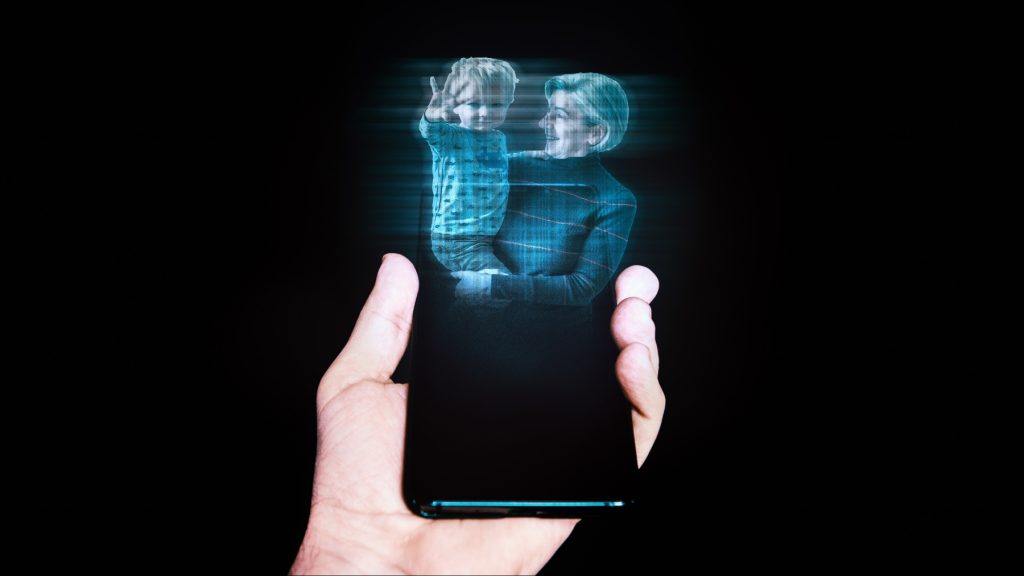
Telefonica, Ericsson, and Matusko have concluded a proof-of-concept (PoC) proving that holographic calls are applicable through the smartphone dialer.
PoC is a demonstration project that validates certain theories or concepts that have the potential to be applied in real-world situations.
The technology uses the employment of IMS Data Channel technology that could further help in the development of 5G and 6G voice services with new features, such as holographic communication.
What Is IMS Data Channel Technology?
IMS Data Channel, a standards-based technology, that enhances the existing IMS voice networks, taking those further and magnifying them for interactive and immersive communication. IMS also uses strengths in the phone network-high quality, reliability, seamless mobility, security-enabling addition of new advanced capabilities beyond traditional voice services.
To validate the concept, Ericsson, Telefonica and Matusko applied holographic calls using Galaxy S series devices, compatible with IMS Data Channel.
In these holographic calls, the face and upper body of the caller are captured and streamed as a real-time hologram to the receiver. While the hologram was one way, the audio was two-way, thus making the communication somewhat interactive.
As for Matusko, the holographic service operated the hologram data in the cloud and was integrated into the regular dialer of the smartphone. That smooth connection can make the technology simpler to use, user-friendly, and remove the need for separate apps or extra steps.
Successful Demonstration with Challenges
Although the demonstration went successfully, the project faced some technical issues that had to be addressed.
Due to the lack of rules for IMS Data Channel connections with outside servers in the present 3GPP specifications, this technology is quite complicated for wider usage with the latter adding complications in areas such as hologram calling across various networks and devices.
It also has limitations linked to bandwidth and payloads when it comes to transmitting high resolution holograms, reflecting the need for data segmentation improvements and reassembly methods. At the same time, perfect synchronization between audio and holographic video is a technical challenge that influences the overall user experience.
A Bright Future Ahead
The telecom companies are committed to making the required improvements to give users a better holographic experience and they plan to take up the challenge of pushing user interaction by adding more functionality like RGB backgrounds, 3D controls, and hologram management.
The telecom giants are also on the lookout for making the holograms clearer and to create a two-way holographic calling option. Key leaders of the companies expressed their optimism about this technology of IMS Data Channel.
“The progress made in showing this week what IMS Data Channel is capable of doing for new use cases, such as holographic communication, is electrifying. This technology may change profoundly the way in which we relate and communicate,” said Cayetano Carbajo Martin, Director of Core & Transport at Telefónica.
“The work completed in this partnership is an essential element in driving the whole industry forward,” Head of Solution Line Communication Services at Ericsson, Jon Illana highlighted that the breakthrough’s importance for the telecom’s industry.
Inside Telecom provides you with an extensive list of content covering all aspects of the tech industry. Keep an eye on our Telecom sections to stay informed and up-to-date with our daily articles.